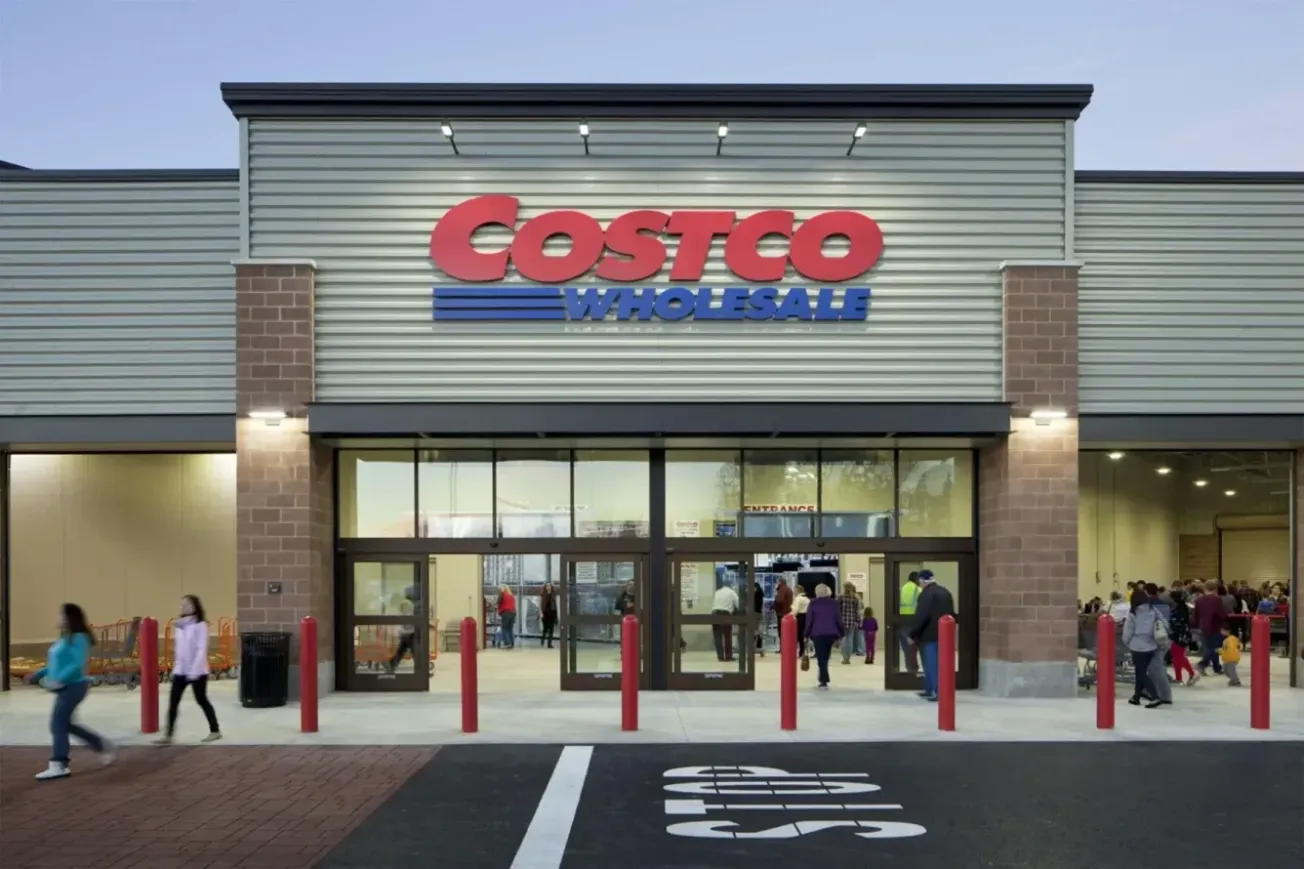BELLA VISTA, New South Wales — Woolworths Ltd., Australia’s largest retailer, has flagged an era of growth and diversification by appointing its former head of new business development, Grant O’Brien, as chief executive officer-elect.
Woolworths Ltd., Australia’s largest retailer, has flagged an era of growth and diversification by appointing its former head of new business development, Grant O’Brien, as chief executive officer-elect.
O’Brien, who started his career with Woolworths 24 years ago as an accountant and part-time shelf stacker, will take the reins in October from CEO Michael Luscombe, who plans to retire on September 30 after exactly five years in the job.
The announcement, made on April 4, ended months of speculation about Luscombe’s future, which was triggered when he spoke openly in February about life after Woolworths.
"I’ve always had a deeply held philosophy that somewhere around five years is the appropriate tenure for a CEO in a public company in modern times," Luscombe said after the succession plans were announced.
"When people stay too long, we run the risk of great talent going elsewhere because they don’t see an opportunity. It’s important at Woolies, given the talent that it has, that we give them an opportunity to remain with the company and grow."
During Luscombe’s time as CEO, Woolworths’ sales have increased from $38 billion (U.S. $40 billion) in 2006 to an estimated $55 billion this year, and earnings before interest and tax have almost doubled, from $1.7 billion to a forecast $3.3 billion this year.
However, in January Luscombe had the unenviable task of downgrading Woolworths’ full-year profit growth guidance — the first downgrade for the retailer since it listed 18 years ago.
Woolworths’ first half net profits rose by 6% to $1.16 billion, and the retailer expects profits for the year ending in June to rise by between 5% and 8%, compared with earlier guidance of 8% to 11% growth.
Woolworths is aiming to return to its long-term growth targets — high-single-digit sales growth and low-double-digit profit growth — in 2012.
"We haven’t changed our internal targets, and while this past half has been pretty challenging, particularly for discretionary retailers, we’re not changing our aims for the future," Luscombe said.
However, Woolworths’ success in achieving this goal will depend on several factors largely outside the retailer’s control.
Chief among these is price deflation, which has crimped sales growth in Woolworths’ food and liquor business and decimated sales and margins in its BIG W discount department store and Dick Smith consumer electronics chains.
Average prices in Woolworths supermarkets in the half year ended in December fell 4.3%, excluding changes in tobacco excise tax, and prices for consumer electronics have fallen by more than 30% in the past year.
Woolworths is also facing increased competition from Coles, which is rapidly gaining market share and growing sales under the U.K.-led management team installed almost three years ago after Wesfarmers’ $20 billion takeover.
Coles has been aggressively cutting prices in an attempt to regain consumer trust and recently upped the ante by slashing the price of house brand milk by as much as 33% to $1 per liter.
The move, which has since been followed up with double-digit price reductions in butter, chicken and eggs, has caused an outcry among dairy farmers and food processors and triggered a Senate inquiry into milk pricing.
Coles has grown sales at almost twice the rate of Woolworths for six consecutive quarters, and in the half year ended in December Coles’ food and liquor earnings rose 18%, more than twice the rate of profit growth in Woolworths‘ Australian food and liquor business.
Woolworths’ head of food, liquor and petrol, Greg Foran, has been urging the board to respond more aggressively to Coles by investing a greater portion of cost savings into prices rather than margin, according to sources close to the company.
The company has cut prices on more than 4,000 grocery products in the past year and has launched new marketing campaigns. However, brokers believe it has been slow to respond to Coles.
"Coles has taken the lead on marketing in Australian food retailing, a lead position that Woolworths previously held," said a research report from JP Morgan Chase & Co.
Foran was widely expected to succeed Luscombe as CEO but was overlooked in favor of O’Brien, who has been chief operating officer for Australian food and petrol since 2010.
Brokers believe that his appointment, rather than that of Foran, means that an all-out supermarket price war with Coles is unlikely. They also believe his appointment is a sign of the importance of the home improvement strategy, even though it is unlikely to generate profits for several years.
However, analysts fear that Foran, who has been head of Australian supermarkets for two years, may leave the company after missing out on the top job.
O’Brien is the 12th CEO to be appointed from within Woolworths’ management ranks.
The 49-year-old father of three, born in the state of Tasmania, is virtually unknown to the investment community. However, he was identified as potential chief executive material several years ago and since then has been rotated through a series of important roles, completing a three-month management course at Harvard last year.
As general manager of liquor between 2006 and 2008 he oversaw the integration of hotel and liquor shop acquisitions. As general manager of new business development between 2008 and 2010 he was a key architect of Woolworths’ foray into the $36 billion home improvement market in a joint venture with Lowe’s Cos. The first of 150 big-box home improvement stores, which will compete almost head-on with market leader Bunnings, are due to open in August or September this year.
O’Brien said supermarkets remain Woolworths’ most important business and the company’s first priority over the six-month transition phase would be to grow sales and market share.
O’Brien also said he plans to take advantage of growth opportunities, within the existing businesses and in new markets and categories.
"For two years I was the director of business development, and what that enabled me to do was stick my nose into all our businesses and opportunities such as India, home improvement and financial products," he said. "I think there are wonderful opportunities for growth for this organization going forward — clearly my responsibility as CEO is to ensure we take advantage of those."
Sue Mitchell covers the retail and food and beverage industries for the Australian Financial Review and is based in Sydney.





